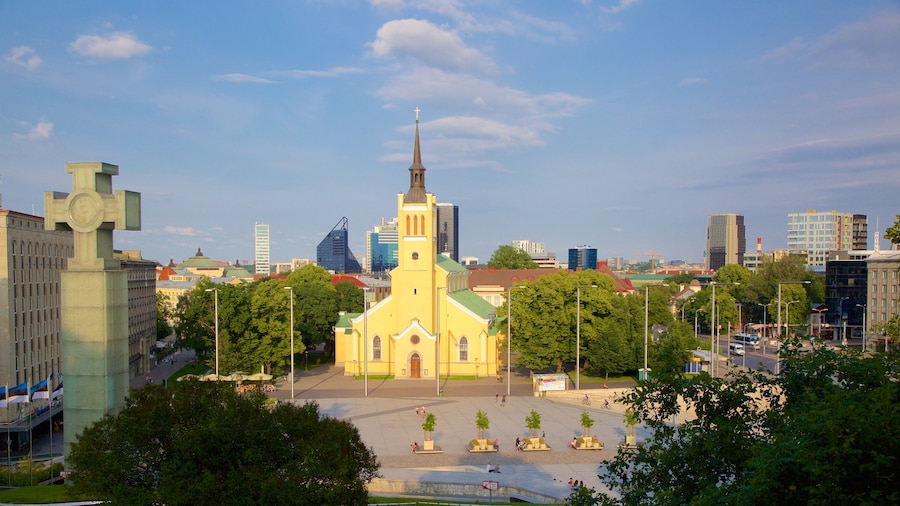에스토니아 독립기념박물관
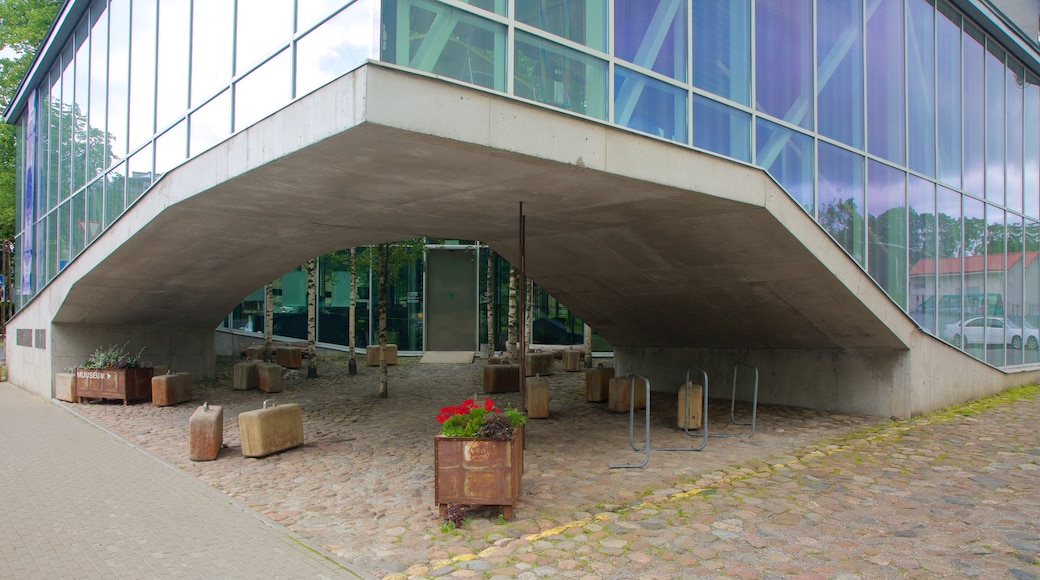
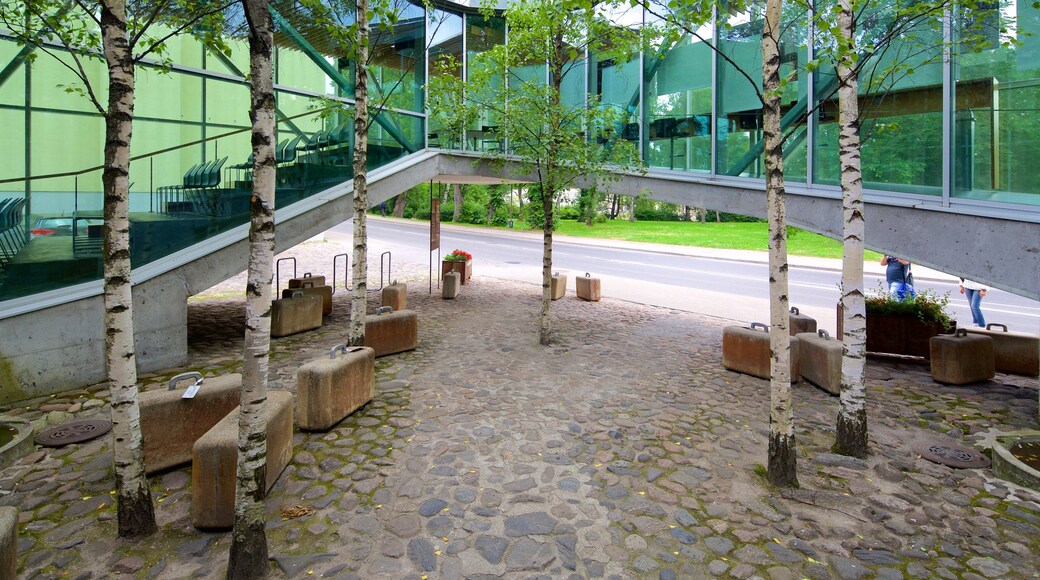
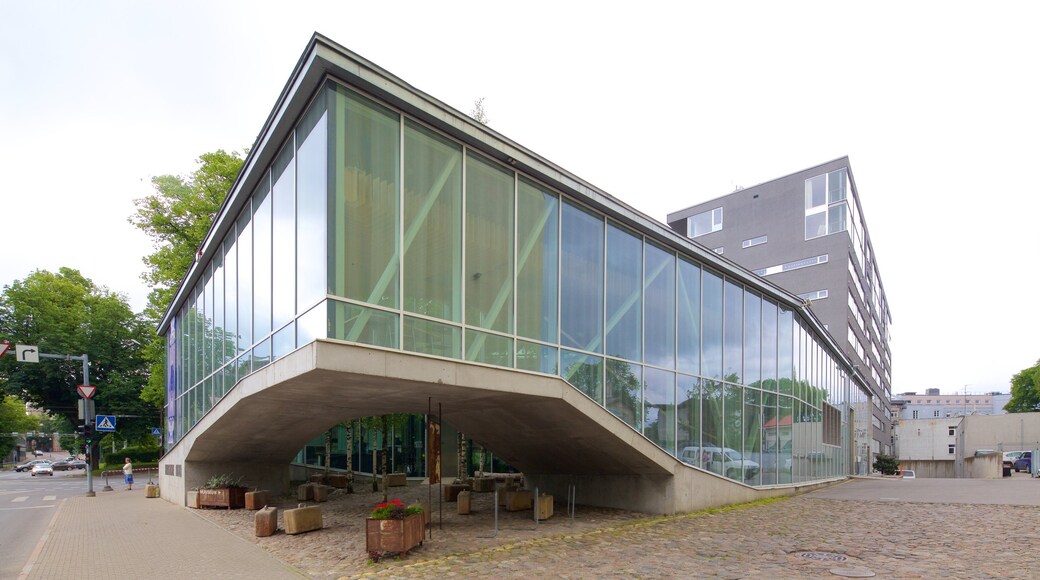
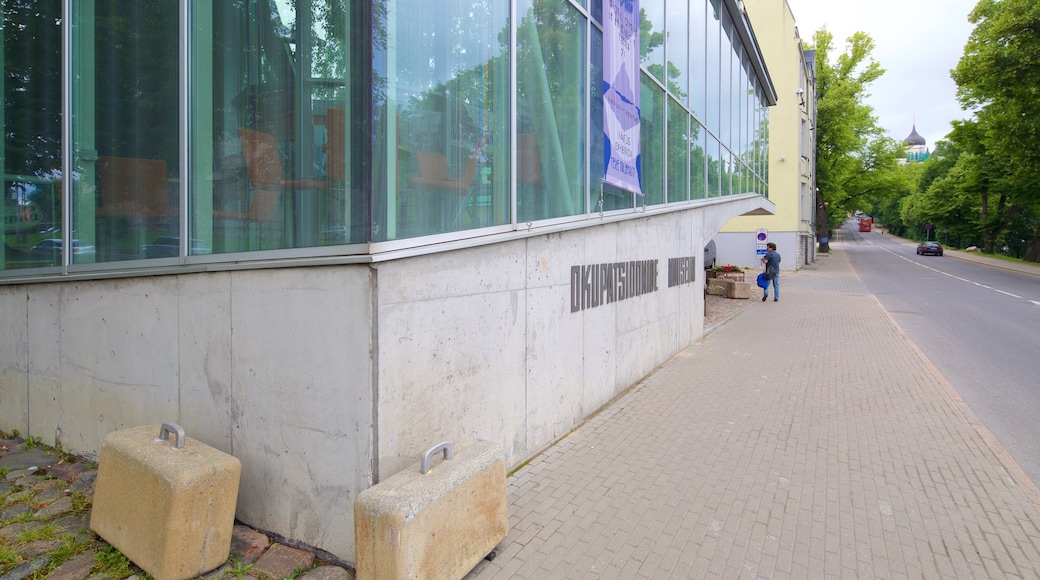
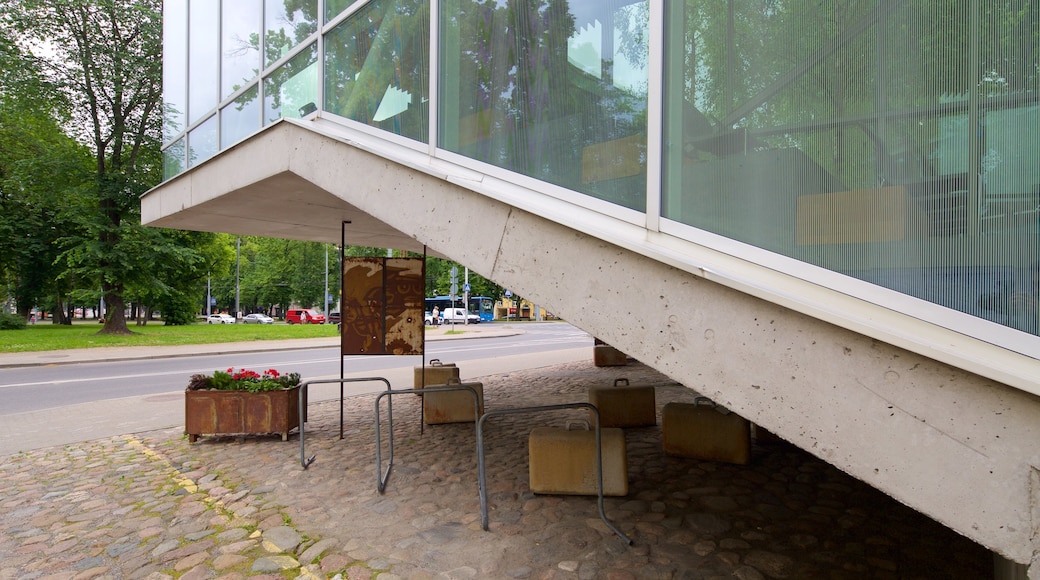
에스토니아 독립기념박물관 여행 정보
가볼 만한 인기 명소
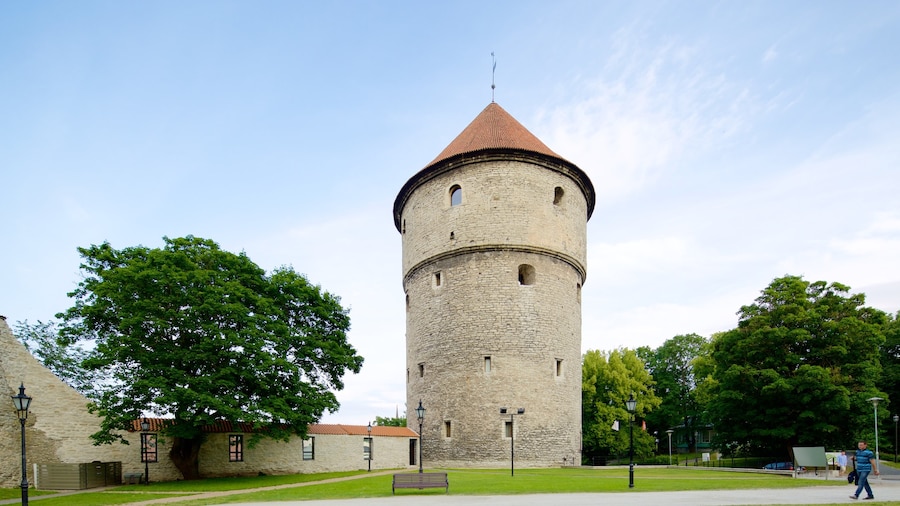
키에크 인 데 코크 & 바스티온 파사지 박물관
탈린 지역을 여행하는 동안 이 지역의 역사를 엿볼수 있는 키에크 인 데 코크 & 바스티온 파사지 박물관에서 전시를 구경해 보세요. 문화적으로 풍부한 이곳에서 수변에 들러 산책을 즐기거나 다양한 상점에 방문해 보시면 좋을 거예요.
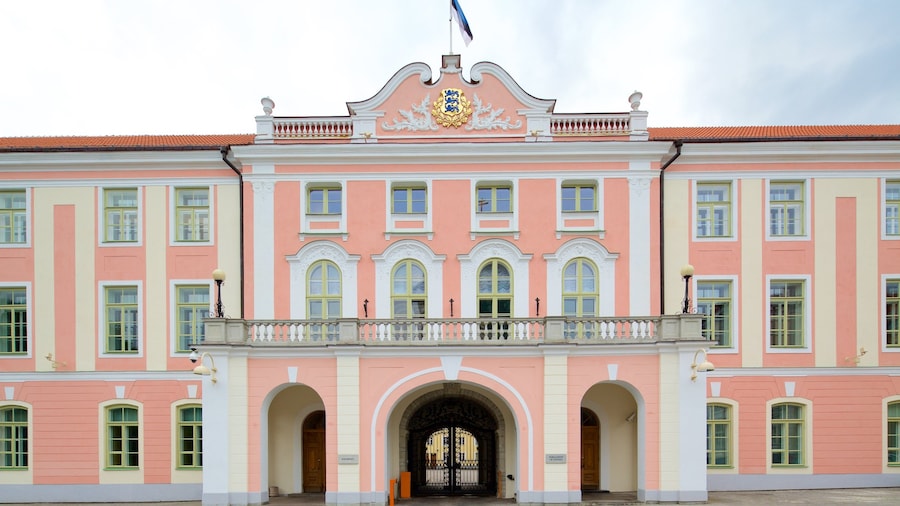
툼페아성
툼페아성의 경우 탈린에서 꼭 둘러봐야 할 장소 중 한 곳이에요. 이곳을 구경하시고 나서 다른 명소들에도 방문해 보세요. 문화적으로 풍부한 이곳에서 수변에 들러 산책을 즐기거나 다양한 상점에 방문해 보시면 좋을 거예요.
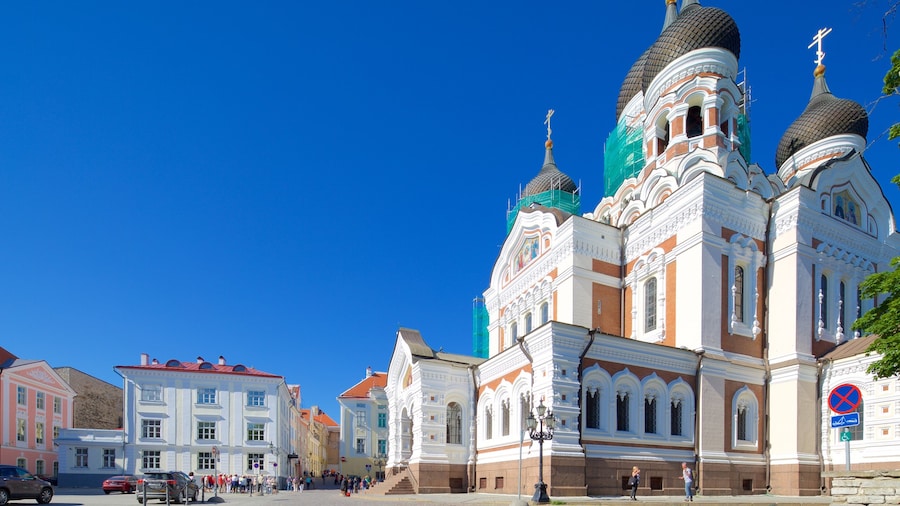
알렉산더 네브스키 대성당
5/5(이용 후기 1개)
알렉산더 네브스키 대성당에 들러 탈린의 역사에 대해 배워보세요. 문화적으로 풍부한 이곳에서 수변에 들러 산책을 즐기거나 다양한 상점에 방문해 보시면 좋을 거예요.
세인트 찰스 교회
세인트 찰스 교회에 들러 탈린의 역사를 배워보세요. 문화적으로 풍부한 이곳에서 수변에 들러 산책을 즐기거나 다양한 상점에 방문해 보시면 좋을 거예요.
이르베 공원
탈린의 푸르른 자연을 만끽할 수 있는 이르베 공원에서 추억에 남을 멋진 야외 활동을 즐겨보세요. 문화적으로 풍부한 이곳에서 수변에 들러 산책을 즐기거나 다양한 상점에 방문해 보시면 좋을 거예요.
에스토니아 독립기념박물관 호텔 특가

노르딕 호텔 포럼
Viru Väljak 3, Tallinn

팰리스 호텔 탈린, 멤버 오브 래디슨 인디비주얼스
Vabaduse Valjak 3, Tallinn

파크 인 바이 래디슨 메리턴 콘퍼런스 & 스파 호텔 탈린
Toompuiestee 27 / Paldiski mnt 4, Tallinn

래디슨 블루 호텔 올림피아
33 Liivalaia Street, Tallinn

스위소텔 탈린
Tornimae 3, Tallinn

메리톤 올드 타운 가든 호텔
Lai 24/Pikk 29, Tallinn

래디슨 컬렉션 호텔, 탈린
Ravala Street 3, Tallinn

호텔 세인트 바바라
Roosikrantsi 2a, Tallinn

눈네 부티크 호텔
14 Nunne, Tallinn, Harju maakond
표시된 요금은 지난 24시간 이내 성인 2명 1박 기준 최저가입니다. 요금과 예약 가능 여부는 변경될 수 있으며, 추가 약관이 적용될 수 있습니다.
